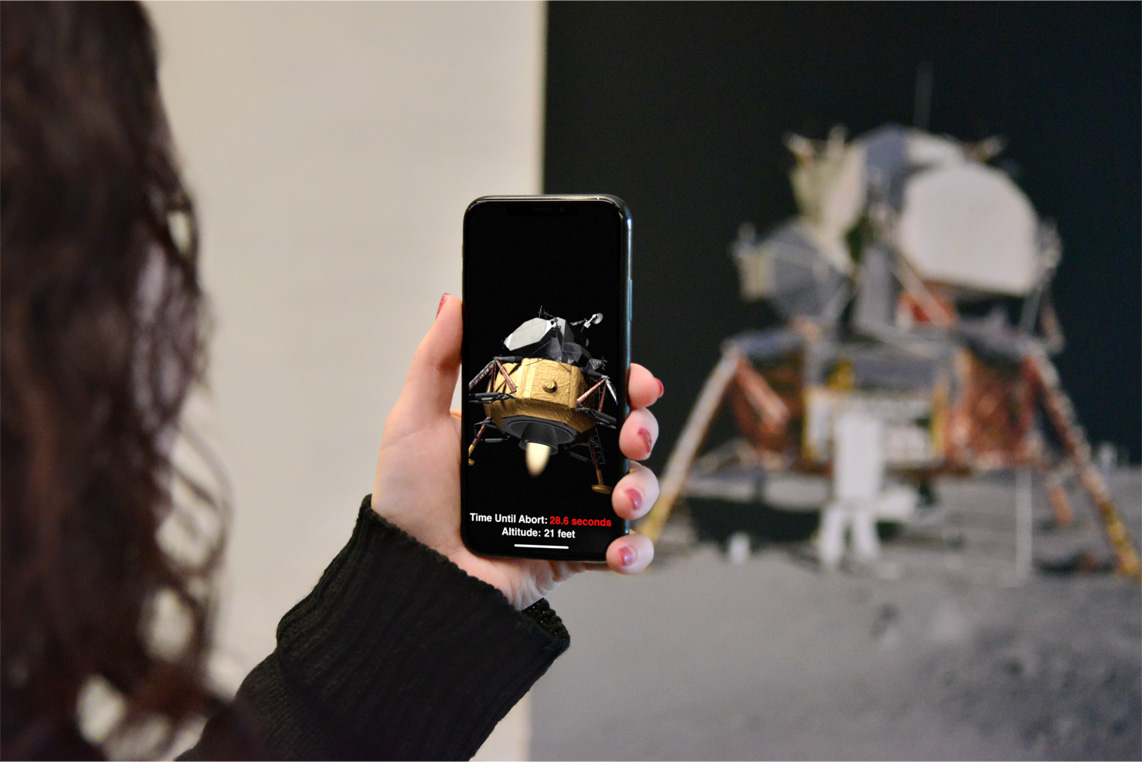
Apple kicked off its its annual developer conference with a keynote presentation during which CEO Tim Cook and other high-profile executives announced that augmented reality (AR) experiences in iOS 12 will benefit from a new file format and many other enhancements.
Apple’s updated ARKit 2.0 framework in iOS 12 will enable developers to build even more immersive augmented reality experiences. As we previously reported, ARKit 2.0 supports multiple users who all see the same space and scene on their device.
Another thing ARKit 2.0 does is face tracking, which could tie nicely with Apple’s rumored AR glasses product. ARKit 2.0 can detect real-world objects and replace them with virtual ones.
They’ve also created a new AR file format. Developed in cooperation with Pixar, this new 3D file format for encoding augmented reality assets is called USDZ.
A compact single file format, USDZ has been optimized for sharing and retains 3d graphic fidelity and animations. It can be used across the system to share augmented reality experiences, from the Files app to Safari to Message and Mail.
In the News app, an article can even embed an USDZ asset that the user can tap to interact with in AR overlaid over their own world. Actually, Apple’s going to release a sample app written in Swift to showcase how easy it is to manage these shared AR experiences.
The user can place these USDZ 3D objects into their real world, plus native USDZ support is going to be added to Adobe’s Creative Cloud suite of applications so anyone will be able to create these things with ease. Furthermore, Adobe will be releasing a brand new iPhone and iPad app that will let you design amazing AR experiences quickly by bringing in images, videos, text or virtually any other object from Creative Cloud directly into a native AR environment.
This app is basically enabling WYSIWYG editing in AR, which is super cool.
Last but not least, Apple has announced a new Measure app for iPhone and iPad for measuring just about anything in your real world.
All of the aforementioned ARKit 2.0 features are in addition to the existing set of capabilities and the additional enhancements Apple brought in January with ARKit 1.5, like the ability to identify vertical surfaces like walls, as well as 2D images such as posters, signs and artwork.